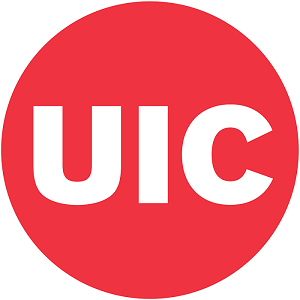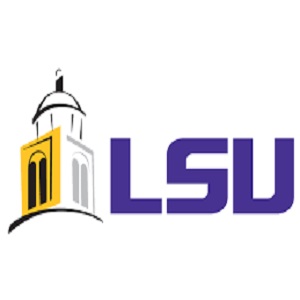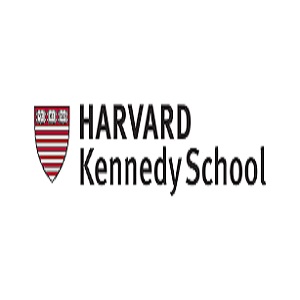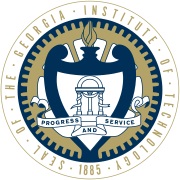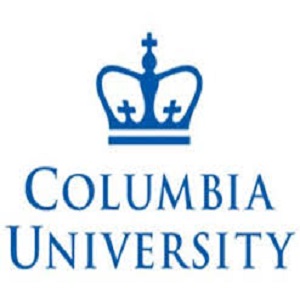With one of the most diverse education system in the world embedding the world’s top 10 academic institutions, US provides not only intellectual and job-ready professional skills but also a tradition and culture of personal and professional development for their entire lifetime. For students seeking to acquire an international degree, United States is arguably the best destination with a worldwide recognition and accredited institutions.US has over more than 4200 Universities and Colleges which provides students a platform according to their financial status. Looking at the job prospective all the Universities have placement cells which prioritize the in-house students for Job. Another advantage of being in US could be leading MNCs like Apple Inc., Microsoft, Belkin, GM, GE, Starbucks, etc have their headquarters in the US.
Why USA?
More international students study in the USA than any other country, and for good reason. While many of the world’s top institutions reside in the US, there are also more than 4,000 other world-class universities offering a top-notch education that can lead to career success. The US remains the source of most of the world’s ground-breaking developments in technology, business, arts, and beyond.
US education is recognized all over the world. 30 of the top 100 best world universities are located in the US, as ranked by Quacquarelli Symonds World University Rankings for 2015/2016. One of the reasons students at US universities are so successful upon graduation is because they were educated in the “liberal arts”. This means a focus, not just on a specific major, but on other subjects such as various maths and sciences, philosophy, history, and literature.
International students in the US can work in a job on campus up to 20 hours a week. Most find that their time is better spent taking internships, or Curricular Practical Training, which allows students to work for university credit in a job in a related field. Nearly every university, even those not located in big cities, has employees dedicated to helping students secure internships.

